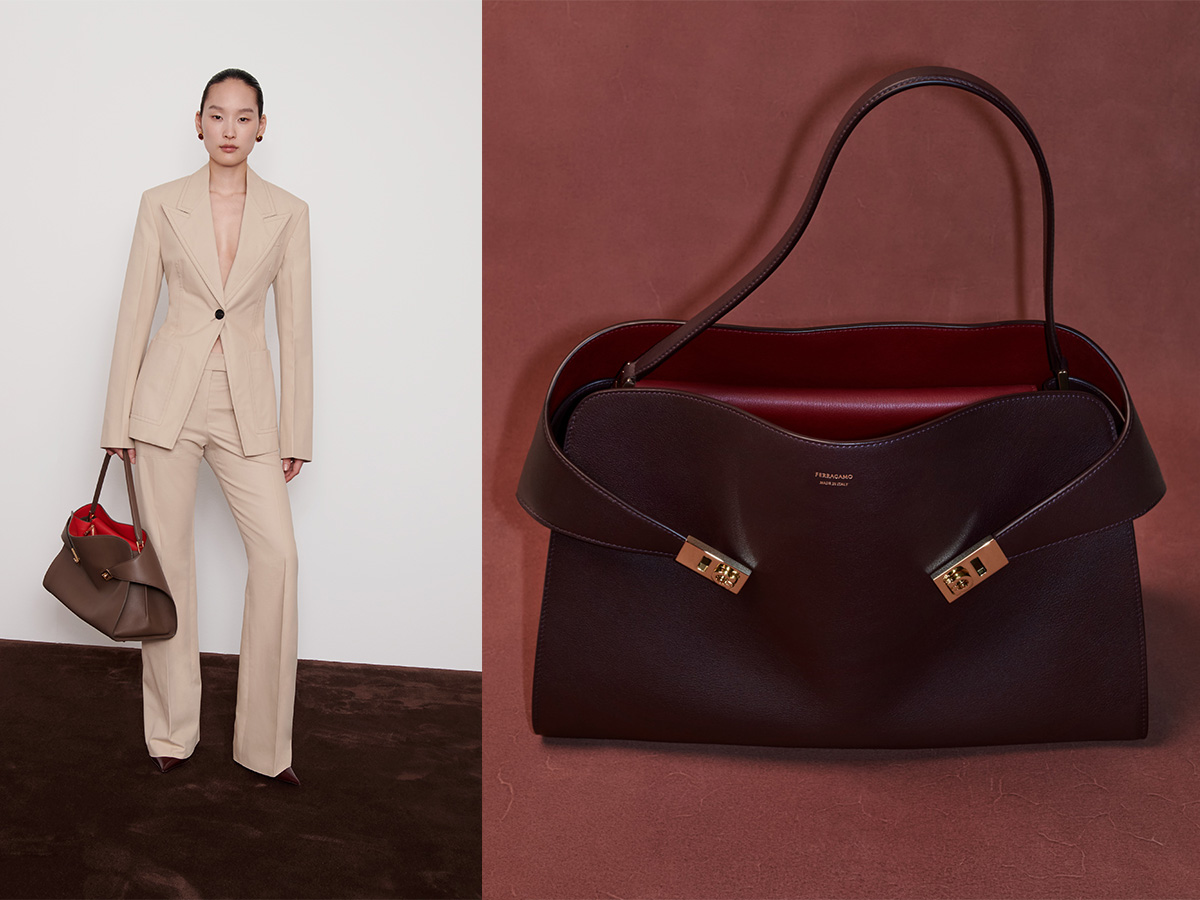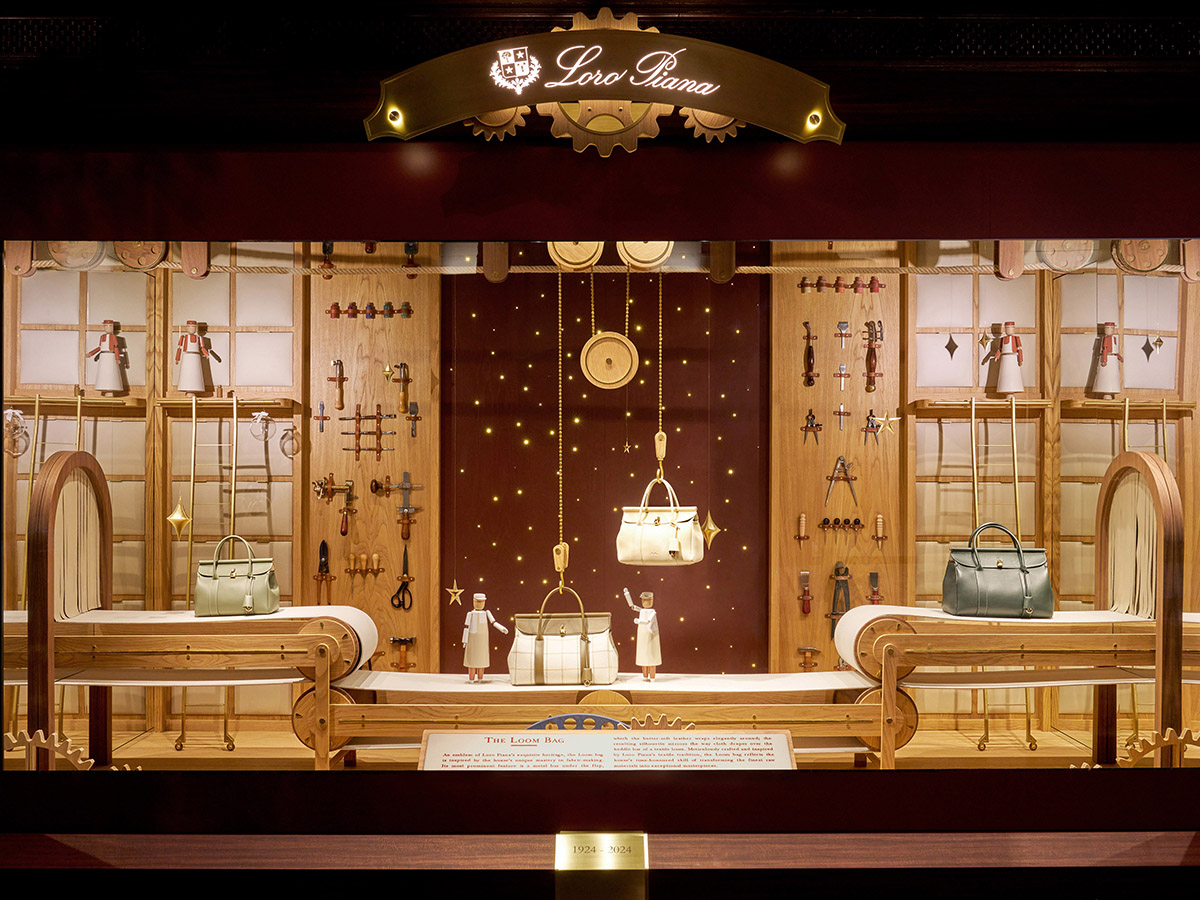A Well-designed Tax Structure For Owning Fine Art Is Itself A Masterpiece

Photo Credit: Edward Leal
International tax attorney Suzanne Dewitt knows a thing or two about creating tax-effective strategies for her wealthy clients. She is considered a financial artist who takes a canvas and paints a picture, which is the design principle of tax minimization. It is a delicate balance that she has mastered — the art of utilizing high-end artwork as a tax savings strategy to yield profitable results. For more information, visit dewittpllc.com
An art collection frequently represents a substantial part of a family’s wealth and identity, and at the same time has become a key aspect of financial and succession planning. Art may be enjoyed from a variety of different perspectives — as a store of wealth, a masterpiece to cherish, a family heirloom, part of a trust or estate, even a gift to a cultural institution. Whatever owning artwork may mean to a private individual, business or public entity, tax concerns are always relevant.
The popularity of art as an asset class has increased steadily over the years, and nothing is stopping that steady growth trend. Art represents an asset that is becoming increasingly part of the owner’s identity, where collectors come in a variety of forms: private and corporate collectors, cultural and art institutions, foundations, banks, asset management companies and family offices.
Unlike capital gains on stock or real estate, the capital gains on artwork is 28 percent (plus 3.8 percent for the investment tax). Although art represents an investment opportunity that offers returns and diversification, the cost of selling it may be daunting. Not only could there be a seller’s commission on the art, perhaps as high as 25 percent, but there is also the federal effective capital gains rate of 31.8 percent, plus a potential hit of state capital gains tax as well. This means that a seller could come away with less than half of the hammer price when the art sells at auction.
Previously, it was possible to defer some of these capital gains by exchanging the gains for other art items, but under the Tax Cuts and Jobs Act of 2017, exchanges of any property other than real estate no longer qualify as tax-free under Code Sec. 1031. So tax-free exchanges of appreciated artwork and collectibles can no longer receive this treatment. The good news is that there are still a few alternatives used by tax planners to allow art owners to defer the payment of capital gains tax.
For example, using a special type of charitable trust allows you to defer paying capital gains tax on appreciated assets and potentially generate an income over time. Another option, an art exchange, is a nonprofit entity that may be used to insulate the underlying nonprofit of a specific type of charitable trust from incurring unrelated business income. The art exchange may also be used as a vehicle for generating lease income or making exchanges without incurring income tax.
Which strategy works best for a client depends on what he or she wants to do. Some may choose to take gains and pay the tax now for fear that the threat of a capital gains tax rate hike may rear its ugly head once again. Some may wish to donate to a museum, in which case a charitable trust may also work. In any event, you have options and alternatives to paying the tax when realizing capital gains on highly appreciated artwork












